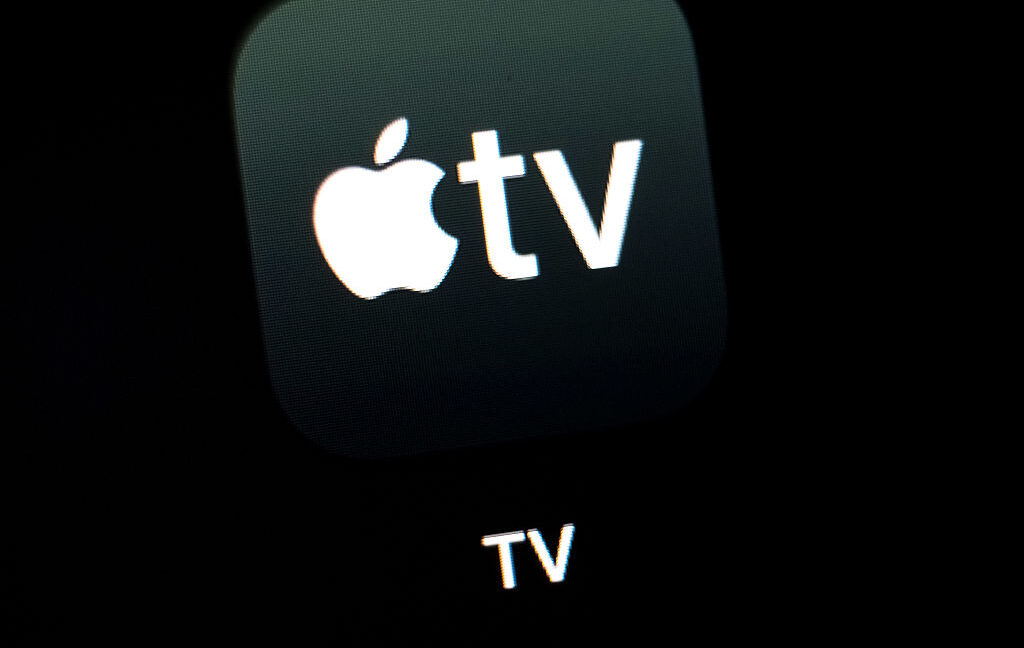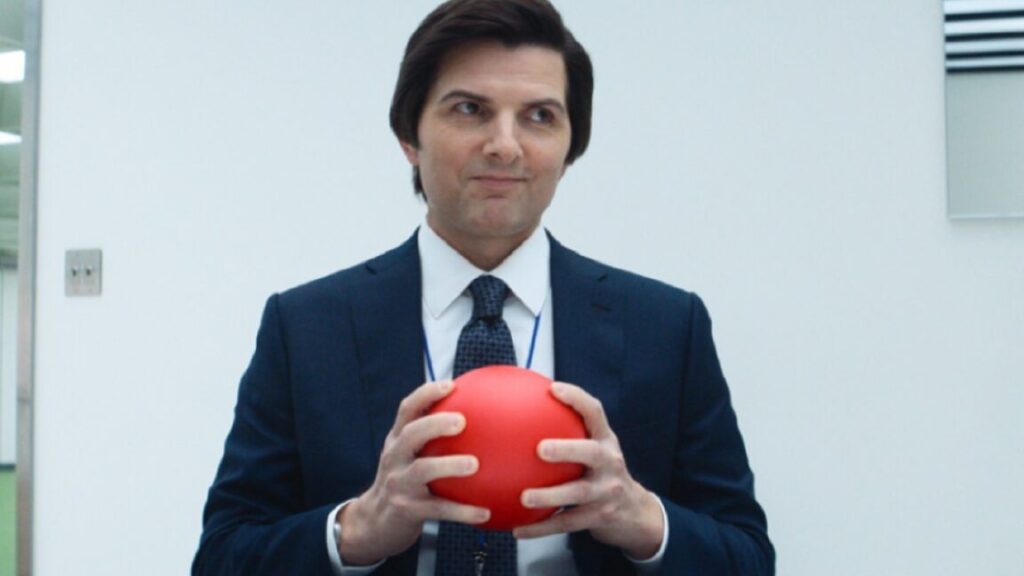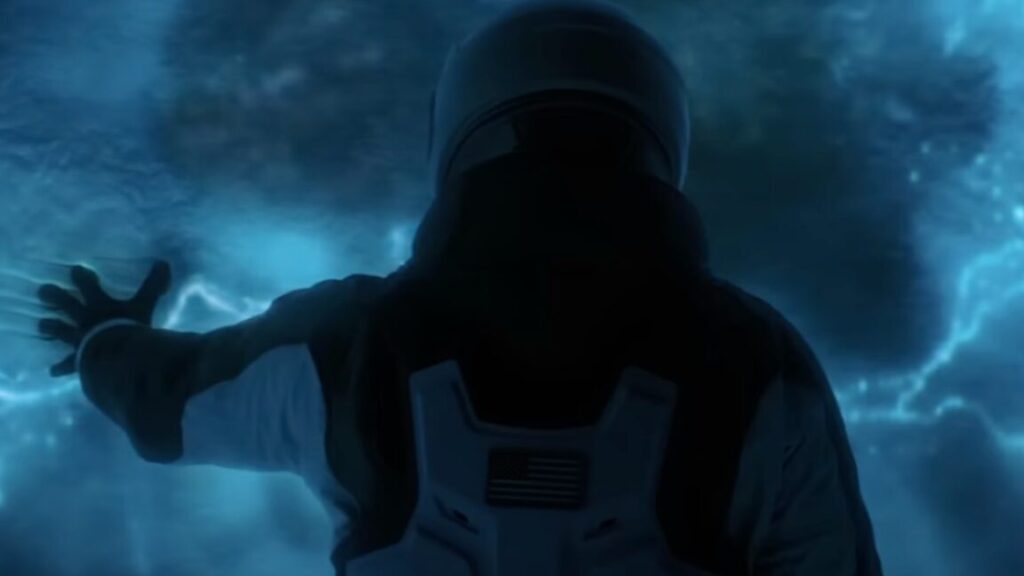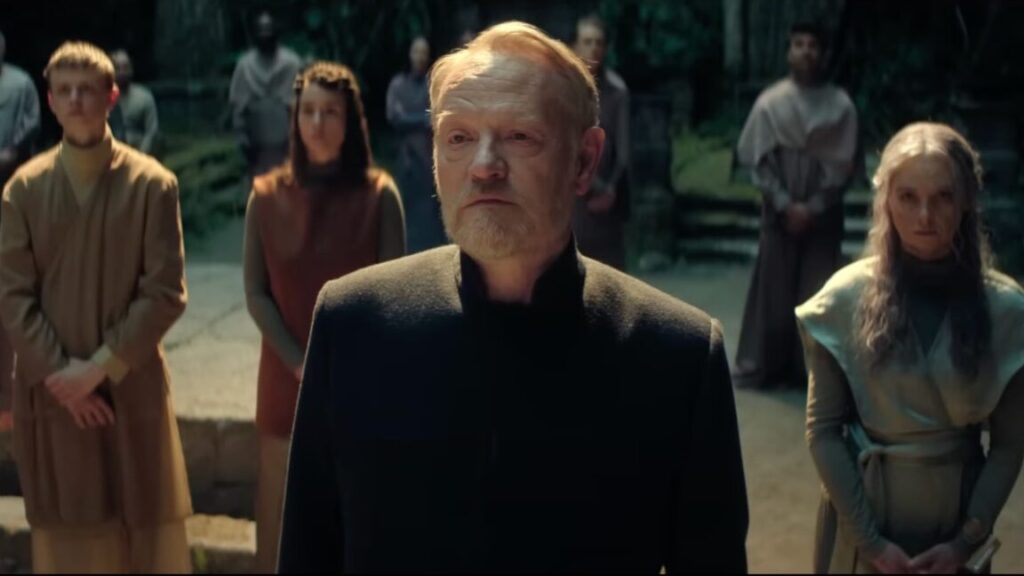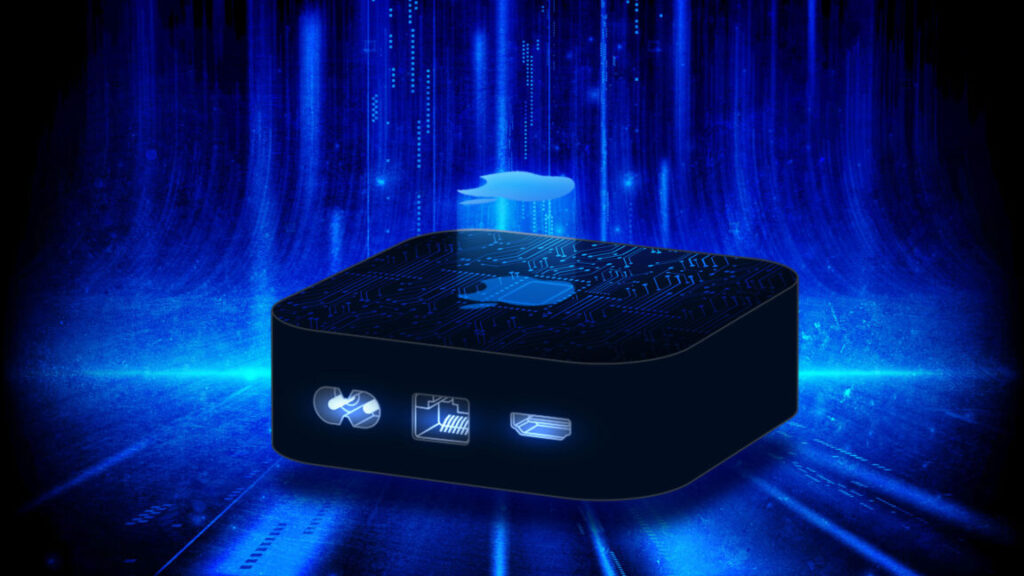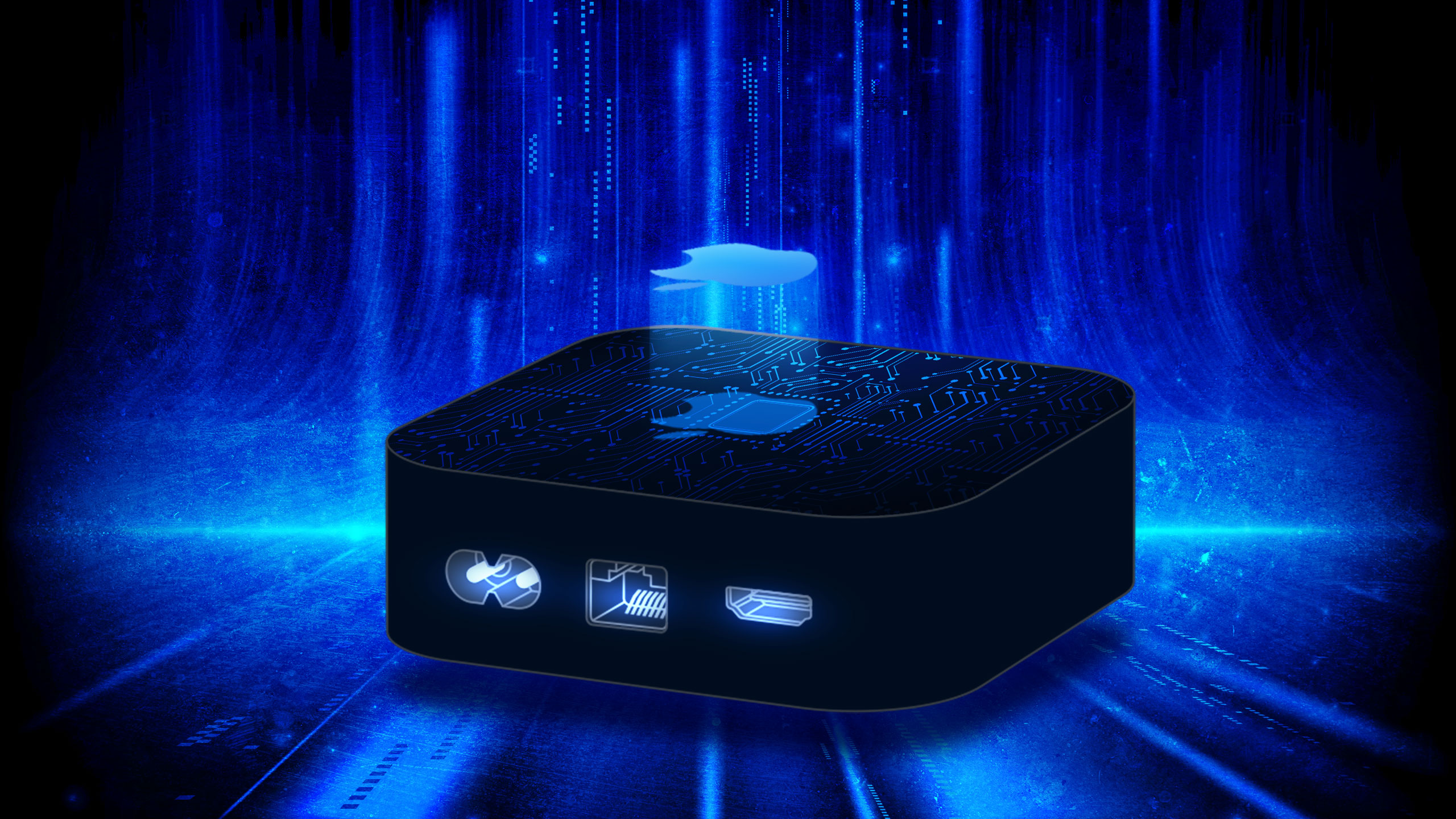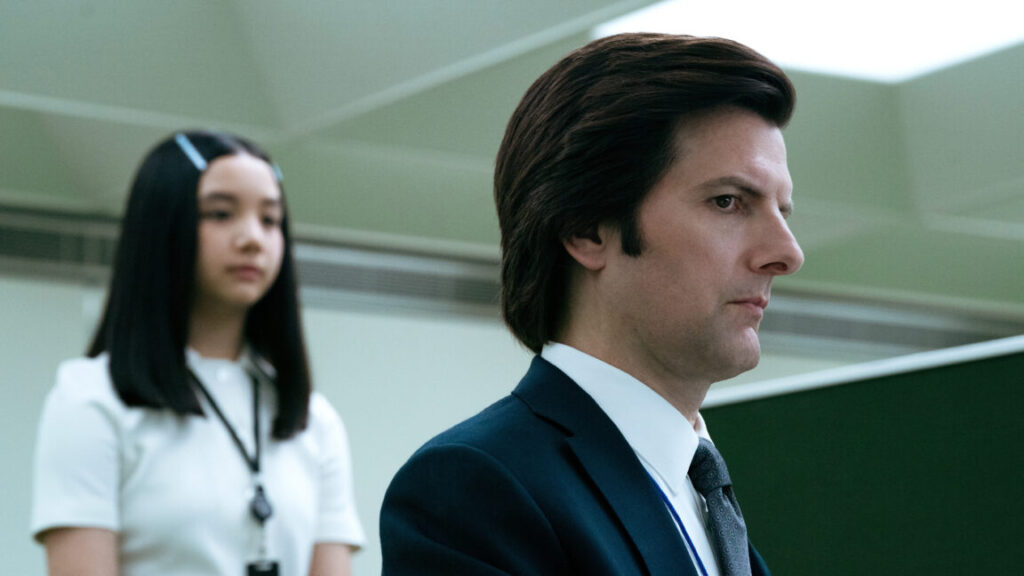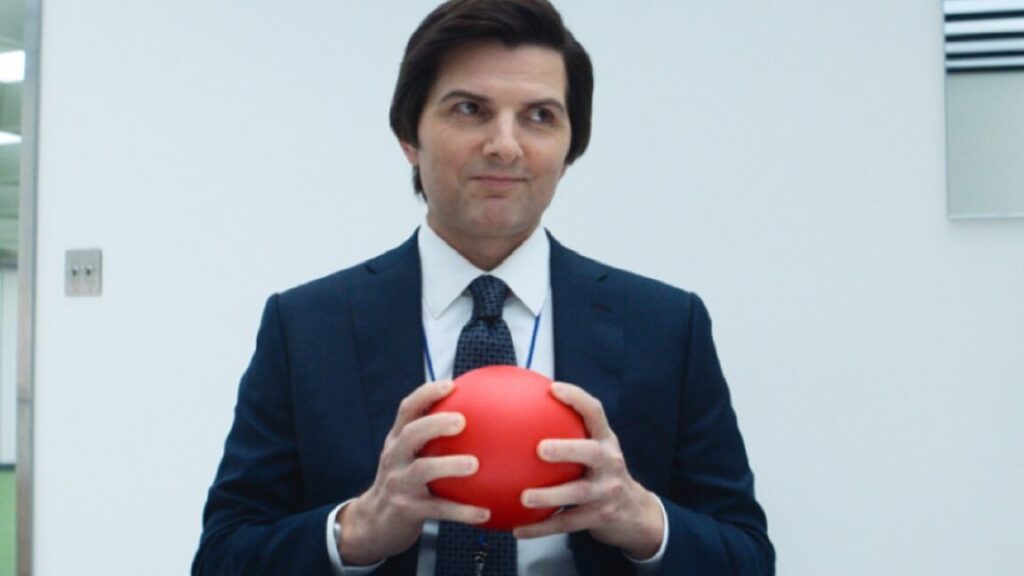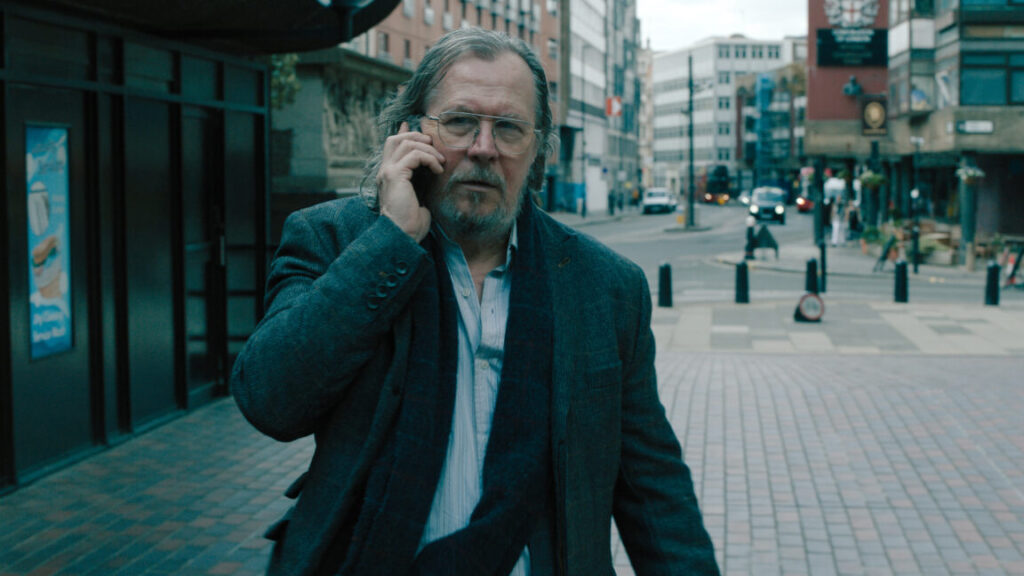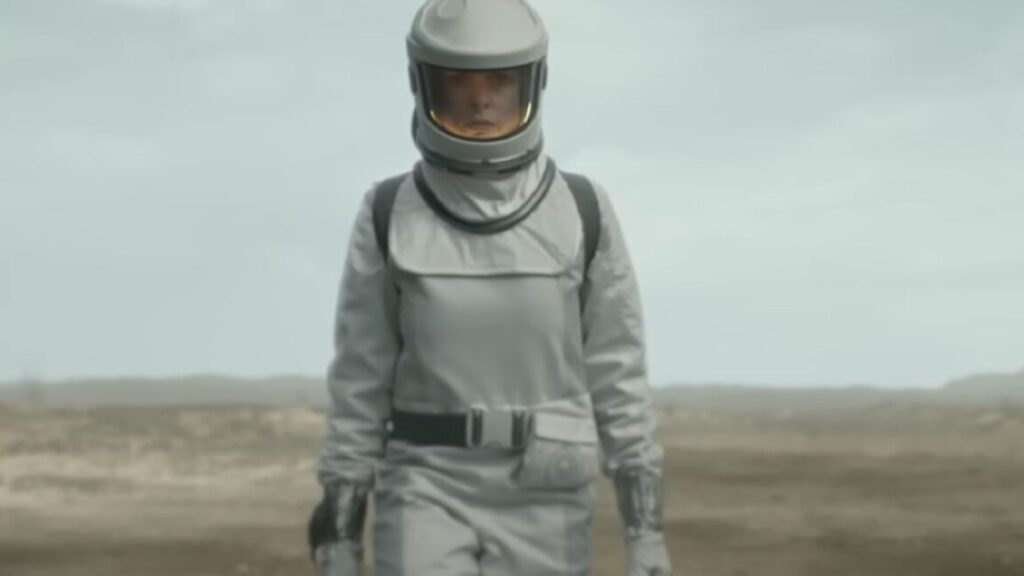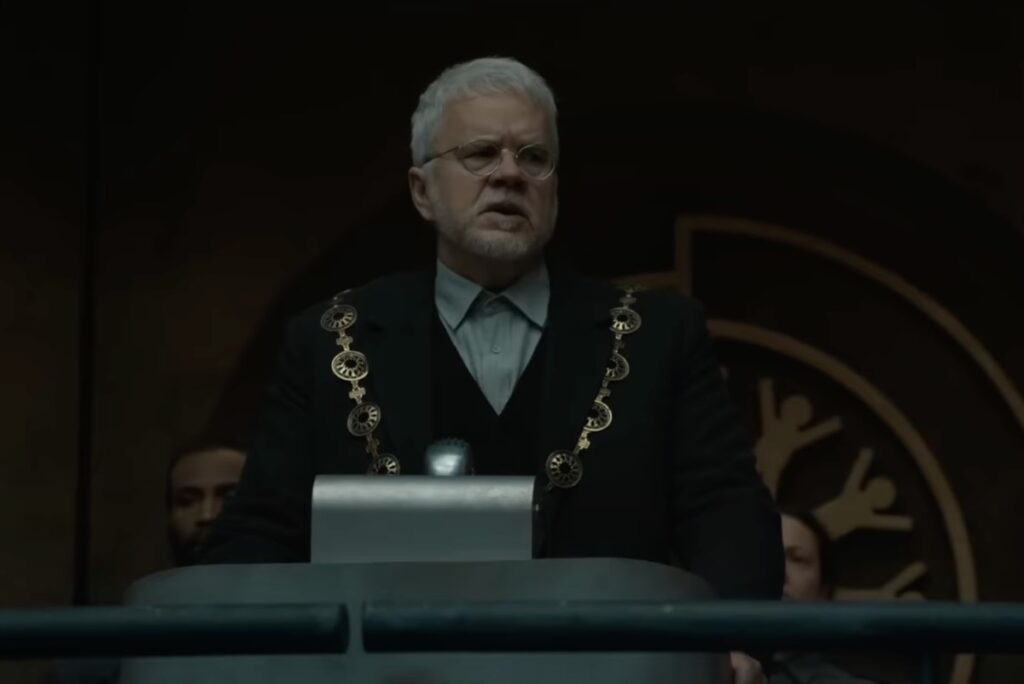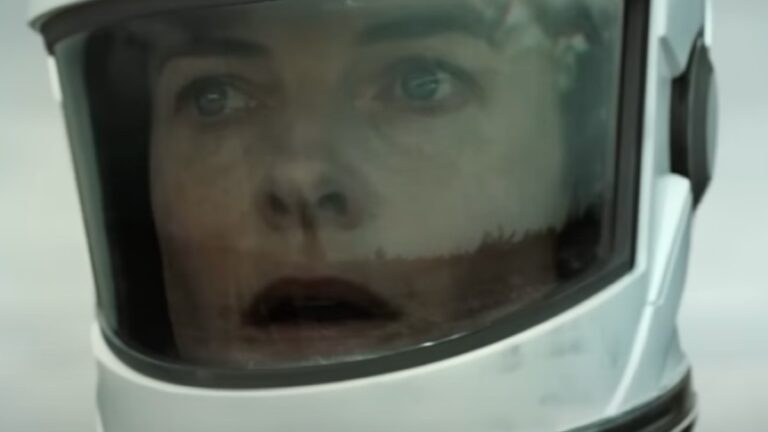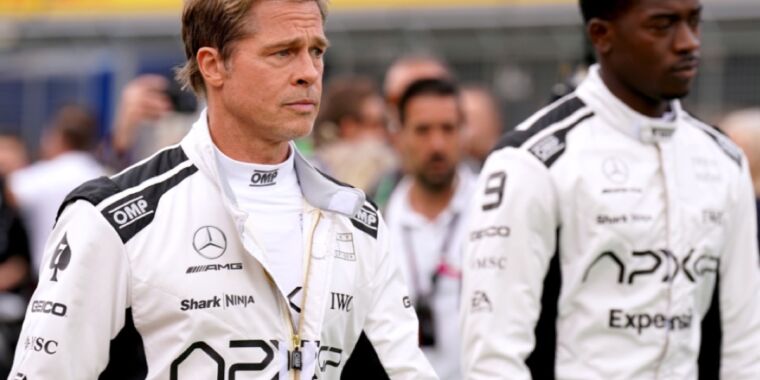Apple TV and Peacock bundle starts at $15/month, available on Oct. 20
In a rarity for Apple’s streaming service, users will be able to buy bundled subscriptions to Apple TV and Peacock for a discount, starting on October 20.
On its own, the Apple TV streaming service (which was called Apple TV+ until Monday) is $13 per month. NBCUniversal’s Peacock starts at $8/month with ads and $11/month without ads. With the upcoming bundle, people can subscribe to both for a total of $15/month or $20/month, depending on whether Peacock has ads or not (Apple TV never has ads).
People can buy the bundles through either Apple’s or Peacock’s websites and apps.
Apple and NBCUniversal are hoping to drive subscriptions with the bundle. In a statement, Oliver Schusser, Apple’s VP of Apple TV, Apple Music, Sports, and Beats, said that he thinks the bundle will help bring Apple TV content “to more viewers in more places.”
Bundles that combine more than one streaming service for an overall discount have become a popular tool for streaming providers trying to curb cancellations. The idea is that people are less likely to cancel a streaming subscription if it’s tied to another streaming service or product, like cellular service.
Apple, however, has largely been a holdout. It used to offer a bundle with Apple TV for full price, plus Showtime and Paramount+ (then called CBS All Access) for no extra cost. But those add-ons, especially at the time, could be considered more cable-centric compared to the streaming bundle announced today.
Apple will also make select Apple Originals content available to watch with a Peacock subscription. The announcement says:
At launch, Peacock subscribers can enjoy up to three episodes of Stick, Slow Horses, Silo, The Buccaneers, Foundation, Palm Royale, and Prehistoric Planet from Apple TV for free, while Apple TV app users will be able to watch up to three episodes of Law & Order, Bel-Air, Twisted Metal, Love Island Games, Happy’s Place, The Hunting Party, and Real Housewives of Miami from Peacock.
Additionally, people who are subscribed to Apple One’s Family or Premier Plans can get Peacock’s most expensive subscription—which adds offline downloads to the ad-free tier and is typically $17/month—for about $11/month (“a 35 percent discount,” per the announcement). The discount marks the first time that Apple has offered Apple One subscribers a deal for a non-Apple product, suggesting a new willingness from Apple to partner with rivals to help its services business.
Apple TV and Peacock bundle starts at $15/month, available on Oct. 20 Read More »
